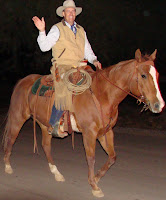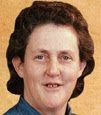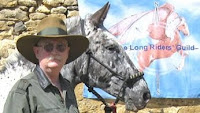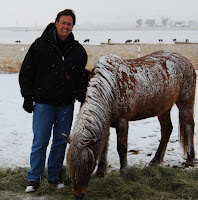 Every horse is a nonstop transmitter of data about his state of mind. Ears show us what has captured the horse's attention and the intensity of his feelings at the moment. Up and forward tell us he's focused on something ahead. Ears swiveling casually about suggest that the horse is checking out what's going on around him. Ears pinned back accompany physical exertion or aggression. Ears that are loose and floppy go with a relaxed, comfortable state of mind. Other signs of relaxation include blinking eyes, loose mouth, quiet tail, lowered head, and a leg cocked. Signs of tension are just the opposite: Wide eyes, tight mouth, swishing tail, high head, and all four feet on the ground, ready to take flight.
Every horse is a nonstop transmitter of data about his state of mind. Ears show us what has captured the horse's attention and the intensity of his feelings at the moment. Up and forward tell us he's focused on something ahead. Ears swiveling casually about suggest that the horse is checking out what's going on around him. Ears pinned back accompany physical exertion or aggression. Ears that are loose and floppy go with a relaxed, comfortable state of mind. Other signs of relaxation include blinking eyes, loose mouth, quiet tail, lowered head, and a leg cocked. Signs of tension are just the opposite: Wide eyes, tight mouth, swishing tail, high head, and all four feet on the ground, ready to take flight.Good horsemen take all of this in and filter it with a sort of sixth sense born of equal parts empathy and experience. They are highly effective receivers of what the horse is transmitting at any given moment. How they use the information is another matter, of course, but the best of them strike a balance between support and challenge, between nurturing and demanding.
Next time you’re around a horse, try to figure out what he’s saying with his body. And see what you can tell him with yours. Awareness is the first step in the journey.



















